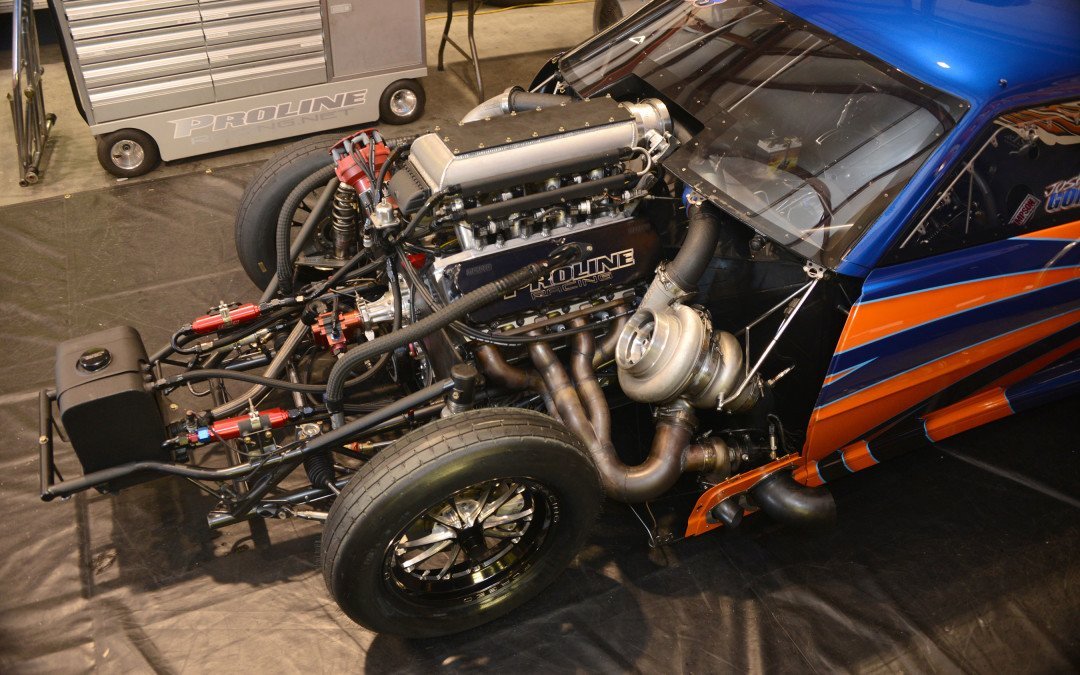Alright, buckle up folks! Today I’m diving deep into my experience with something I call “excessive racing engines.” It’s a bit of a wild ride, so grab your favorite beverage and let’s get started.

It all started when I was tasked with optimizing a system that was, shall we say, a bit sluggish. We’re talking glacial speeds here. The core issue? A process that was supposed to be lightning-fast was instead hogging resources and causing bottlenecks. I initially started by profiling the code, digging into the usual suspects: memory leaks, inefficient algorithms, you know, the standard fare.
I spent days poring over the data, refactoring code, and tweaking configurations. I even tried slapping on a few extra threads, thinking I could brute-force my way to victory. Big mistake! Instead of speeding things up, I ended up creating a tangled mess of race conditions and deadlocks. It was like adding more cooks to a kitchen that was already overflowing with chaos.
That’s when I had a bit of an epiphany. I realized I was focusing on the wrong problem. The individual components weren’t necessarily slow; it was the way they were interacting that was causing the bottleneck. It was like having a bunch of high-performance racing engines all trying to squeeze through a tiny pipe at the same time. Individually, they’re amazing, but together, they’re just creating a traffic jam.
So, I took a step back and started rethinking the architecture. I introduced a queuing system to regulate the flow of data between the components. I implemented proper synchronization mechanisms to prevent race conditions and deadlocks. It wasn’t a quick fix, mind you. It involved rewriting significant portions of the code and meticulously testing every change.
But you know what? It worked! The system’s performance improved dramatically. Latency decreased, throughput increased, and the resource usage went down. It was like unleashing those racing engines onto a wide-open track. They were still powerful, but now they had the space and the coordination to perform at their best.

Here’s the key takeaway: Sometimes, the problem isn’t the individual components, but the way they’re orchestrated. Don’t just blindly throw more resources at a problem; take the time to understand the underlying architecture and identify the real bottlenecks. And remember, sometimes, slowing things down in one area can actually speed things up overall.
Lessons Learned:
- Profiling is your friend, but don’t get lost in the weeds.
- Concurrency is powerful, but it can also be a recipe for disaster if not handled carefully.
- Sometimes, the best solution is to simplify the architecture.
It was a challenging experience, but also incredibly rewarding. I learned a ton about concurrency, distributed systems, and the importance of careful planning. And most importantly, I learned that sometimes, less is more, even when dealing with excessive racing engines.
